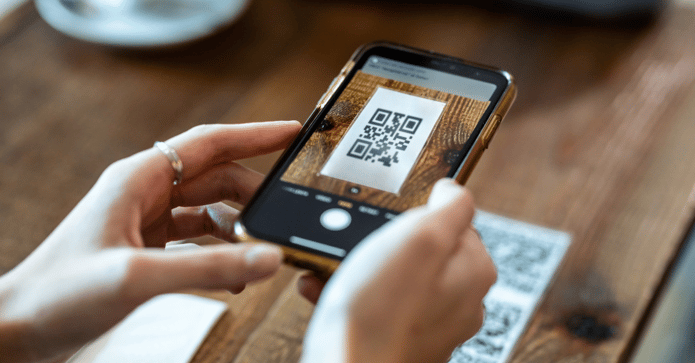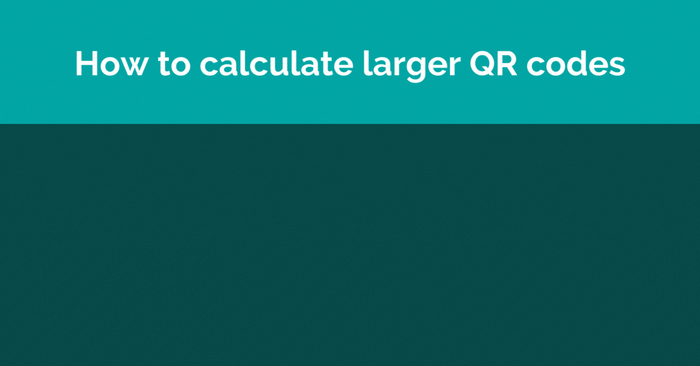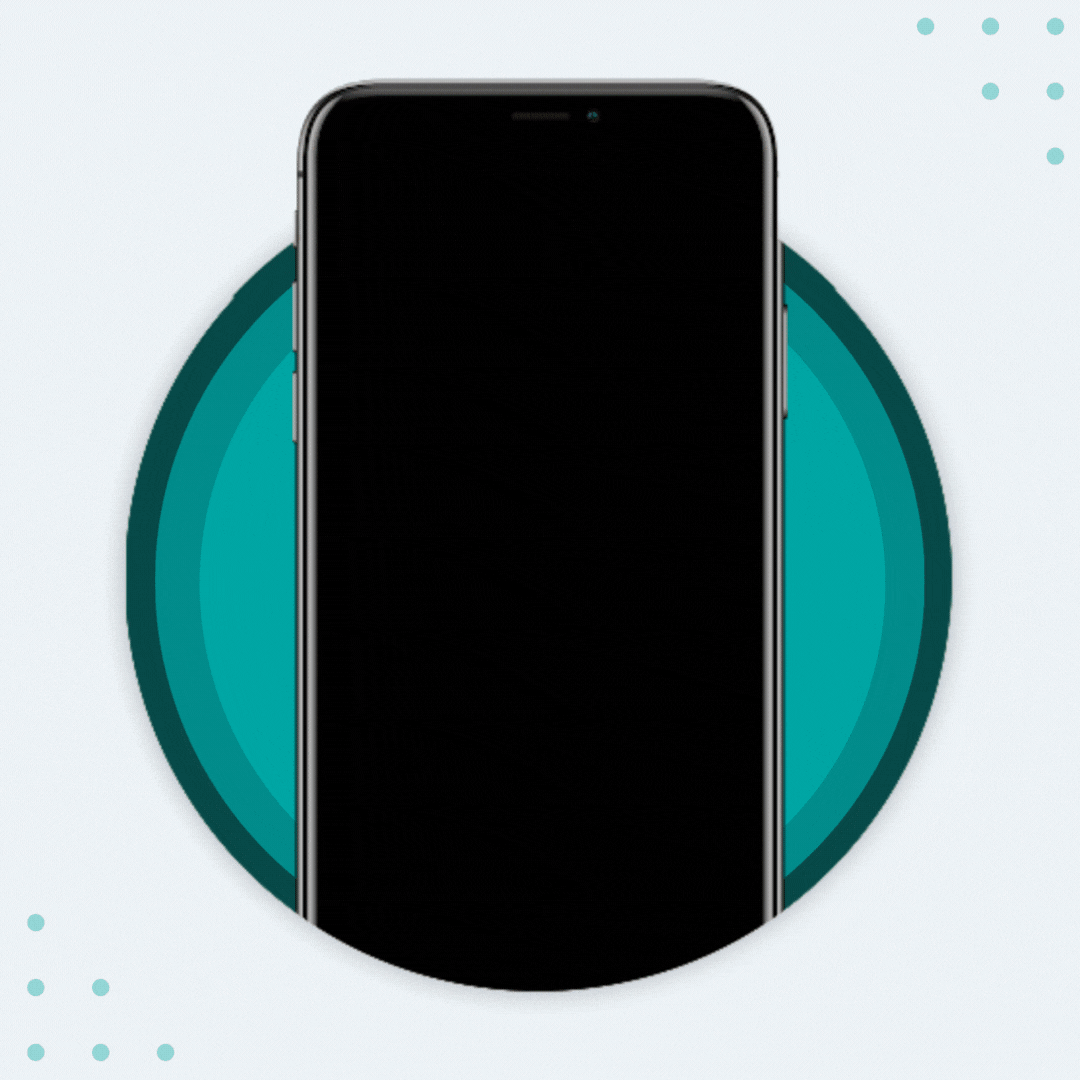
QR codes are resurging. According to Statista, 89 million consumers used QR codes last year, which is 18 percent more than just two years prior. As QR codes become more popular, brands are using them to reinvigorate their multichannel marketing campaigns.
Still, it’s not always easy to effectively weave this technology into marketing campaigns. Everything from sizing miscalculations to design errors and more can trip up shoppers trying to use your QR code. Here are some QR code best practices and tips for using them to supercharge your multichannel marketing campaigns.
How brands are using QR codes to fuel multichannel marketing campaigns
QR code use is expected to keep climbing in the near future. Statista also predicts QR code scanners will surpass 100 million users in the next two years. Brands are quickly tapping into this uptick in usage.
Here are a few ways brands are using QR codes to enhance their multichannel marketing campaigns:
Bridge physical and digital campaigns
Brands are linking up their offline and online marketing campaigns through QR codes. For instance, some brands will sprinkle QR codes into magazine ads, direct mail, and even large displays like banners or billboards. This marketing strategy pushes shoppers online, where it’s easier for them to make purchases.
Give consumers product information
Some brands are printing QR codes on food or other packaging for products. When consumers scan the code, it takes them to ingredient information, details about its carbon footprint, or tips for using the product.
Drive interactive experiences
Brands are adding QR codes to TV ads and other one-way advertising in order to boost engagement. These QR codes let consumers participate in digital experiences, add their feedback, engage with social eCommerce platforms, and interact with the brand on a more personal level.
Launch giveaways or promotions
Many brands will etch QR codes on products, directing the consumer to exclusive deals, giveaways, or promotions. This is a great way to target shoppers who are already interested in your brand and increase brand loyalty.
What is the best size for QR codes?
QR tech companies recommend creating a QR code that’s at least 2.5 cm x 2.5 cm, or roughly 1 inch x 1 inch. This is a general measurement because different smartphones and models will use different cameras. That’s why it’s smart to test your QR codes before printing.
Sizing for large QR codes
You may wonder, “What if I’m placing a QR code on a large item, such as a sign or billboard?” In that case, follow the 10:1 rule. That means setting your distance-to-size ratio at 10:1.
For example, let’s say you want to display a QR code for an athletics product on an elevated banner across from a major gym. You expect your target audience to view the sign from 10 feet away. To calculate the ideal size of your QR code, take the distance (10 feet, or 120 inches), and divide by 10. In this case, your QR code should be roughly 1 foot, or 12 inches.

QR code tips and best practices
Despite QR codes’ rising popularity, using them doesn’t guarantee positive results. Here are a few tips to help your brand squeeze the most value possible out of QR codes:
- Create a bold QR design: The best-performing brands weave logos, campaign themes, or other eye-catching designs into their QR code’s layout.
- Test your QR code: If shoppers can’t scan your code, they’ll become frustrated and give up. That’s why it’s important to test your QR code before you launch your multichannel campaign.
- Craft a clear offer: Add a quick message to your QR code promotion that clearly shows the shopper what to do and why they should scan the code. That can mean adding a simple message like, “Scan the code for your free sample.
How QR codes look in action
Here’s an example of how one brand, Batiste, used QR codes to propel its multichannel marketing campaign.

Batiste displayed QR codes promoting its dry shampoo product on signage at strategic points within and near fitness centers. They included messages targeting shoppers who needed dry shampoo after a workout. These ads coincided with Batiste’s workout campaign. During the marketing campaign, Batiste partnered with Barry's fitness brand, which hosted Batiste-themed workouts and offered free samples of Batiste dry shampoo.
Learn how to use QR codes to increase sales
MikMak’s eCommerce enablement and analytics software makes it easy for shoppers to find and buy your brand’s products whether it’s through in-store, online, media, or website shopping.
Want to see how you can use MikMak to enable QR campaigns and more? Schedule a demo to see how MikMak works.

